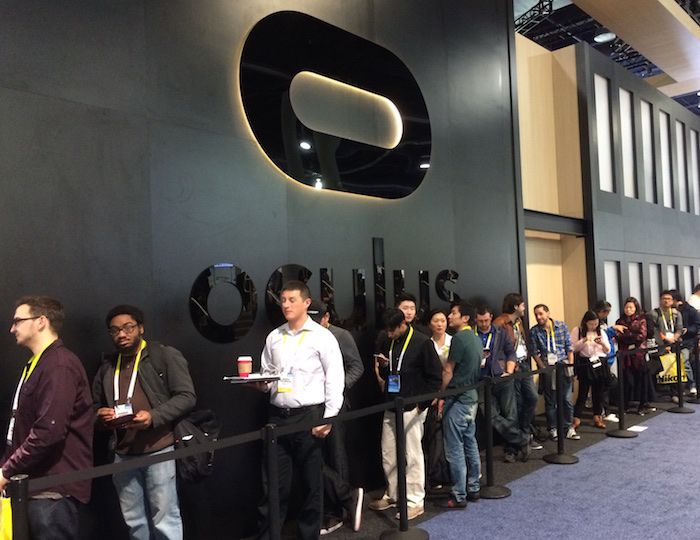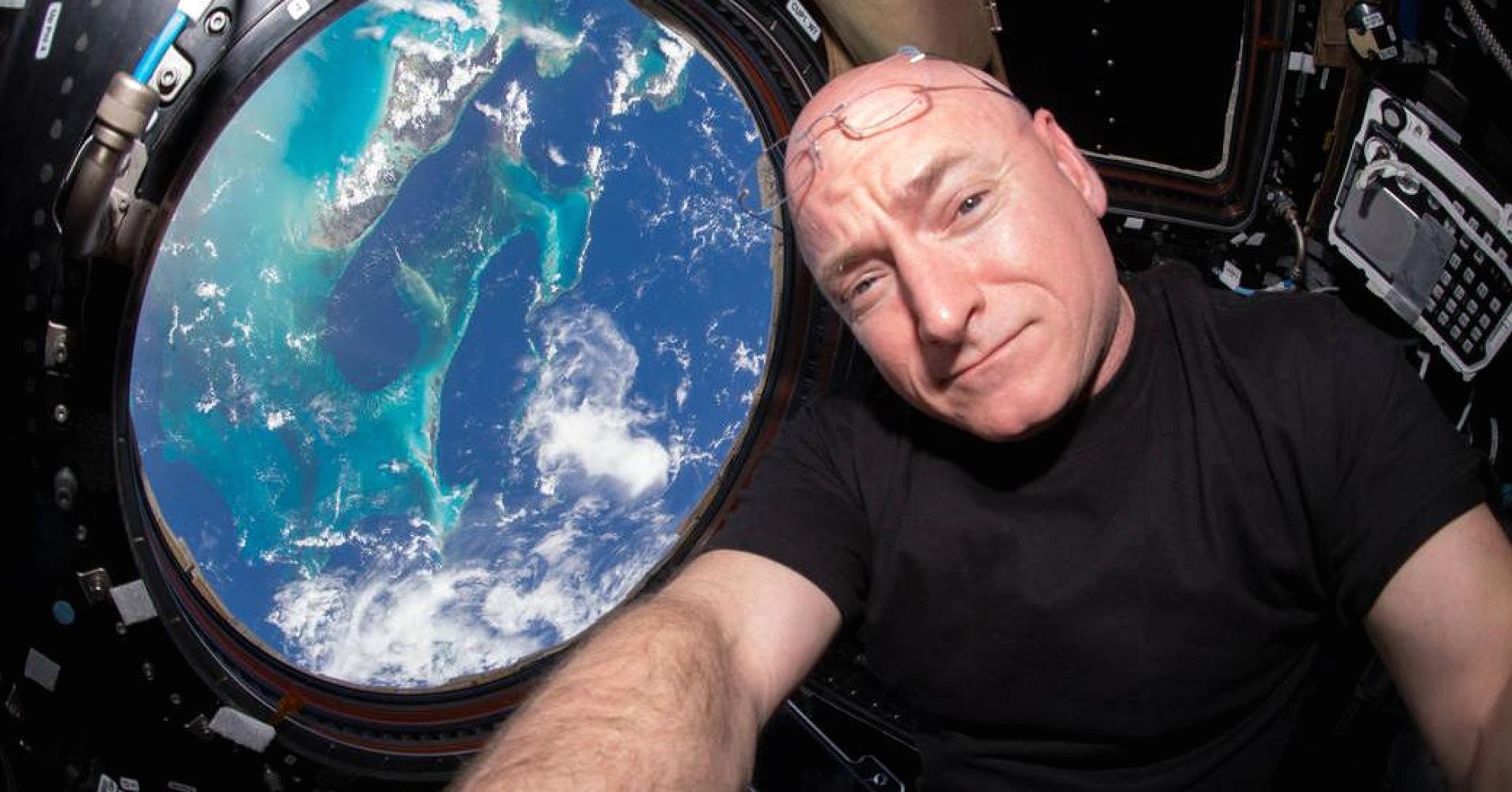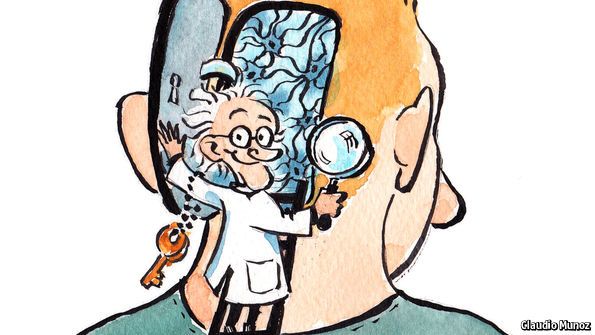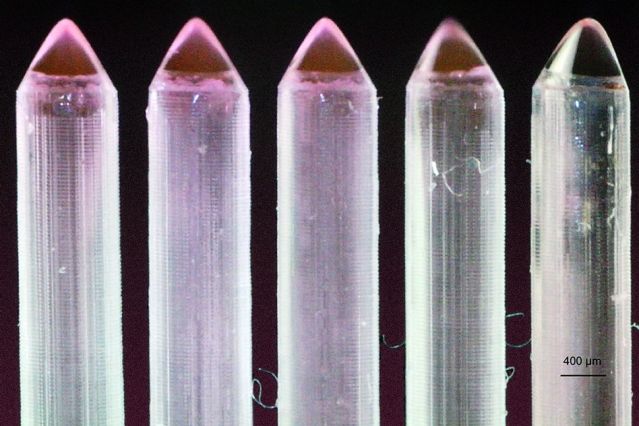Jan 13, 2016
Lessons from CES: How VR Can Avoid the Fate of 3D TV — By Stephen Cass | IEEE Spectrum
Posted by Odette Bohr Dienel in categories: business, hardware, media & arts, software, virtual reality, wearables
““Your quest stands upon the edge of a knife. Stray but a little and it will fail, to the ruin of all.” So says Galadrial to the fellowship sent to destroy the One Ring in The Lord of the Rings. But that advice might as well be directed to the burgeoning virtual reality industry. Early optimism that the second coming of VR, after a false start in the 1990s, will blossom into a new mainstream medium could collapse into despair, with the technology joining 3D television as another misfire.”

















